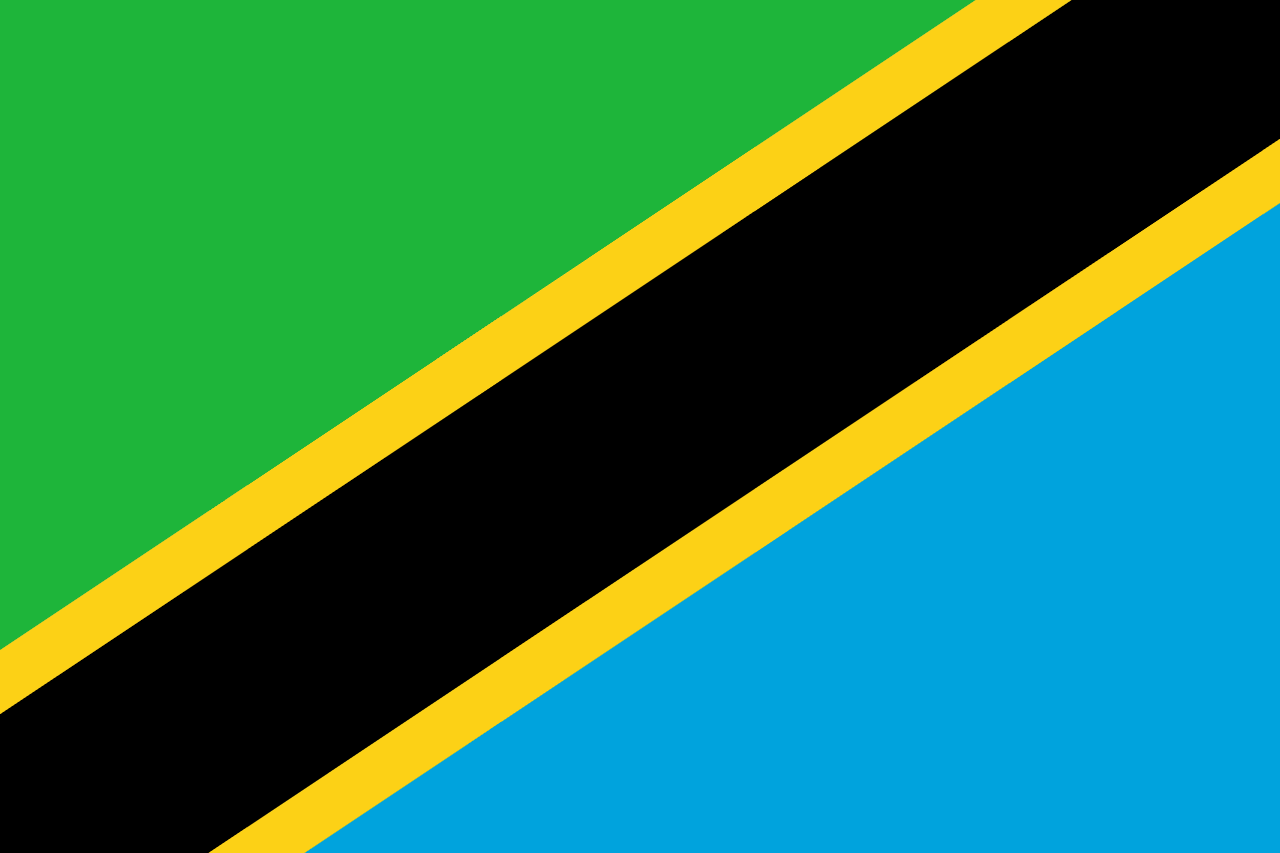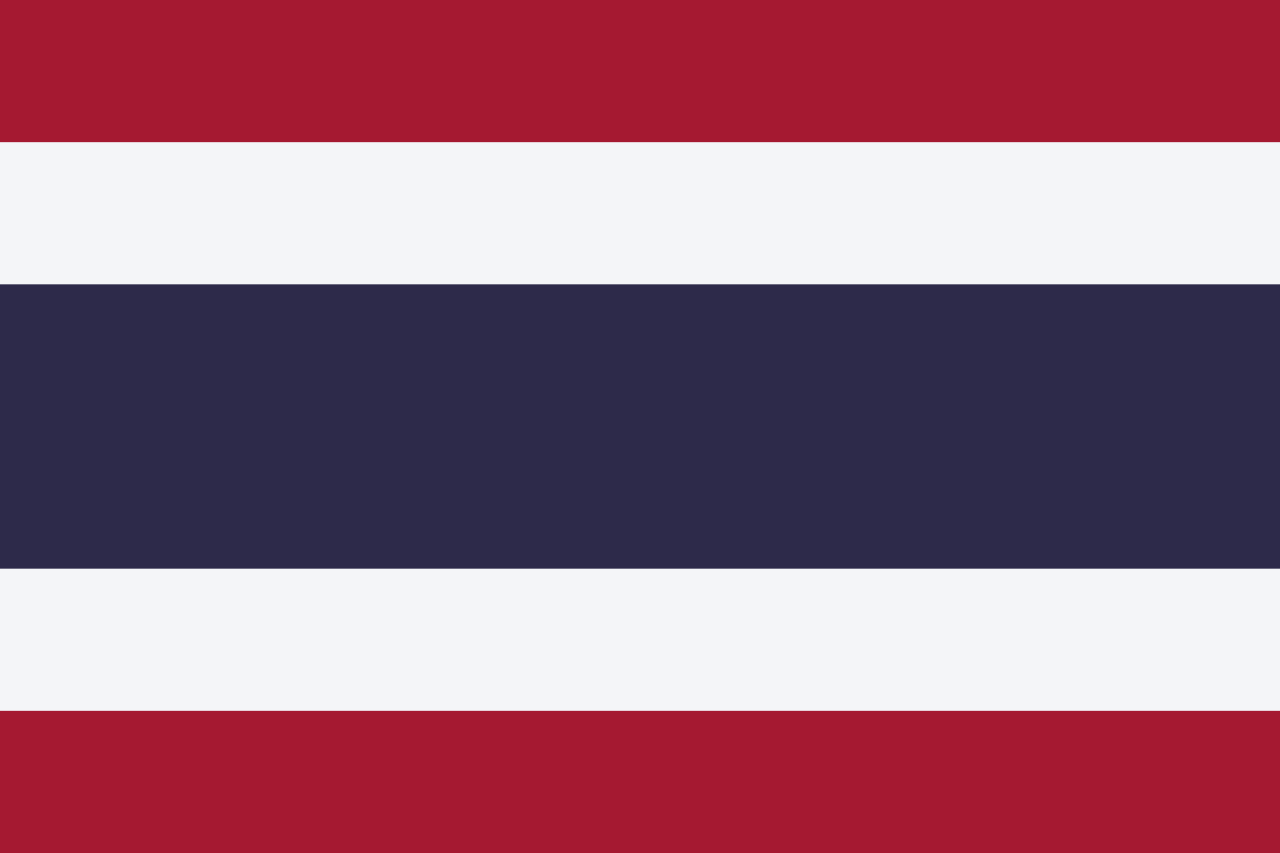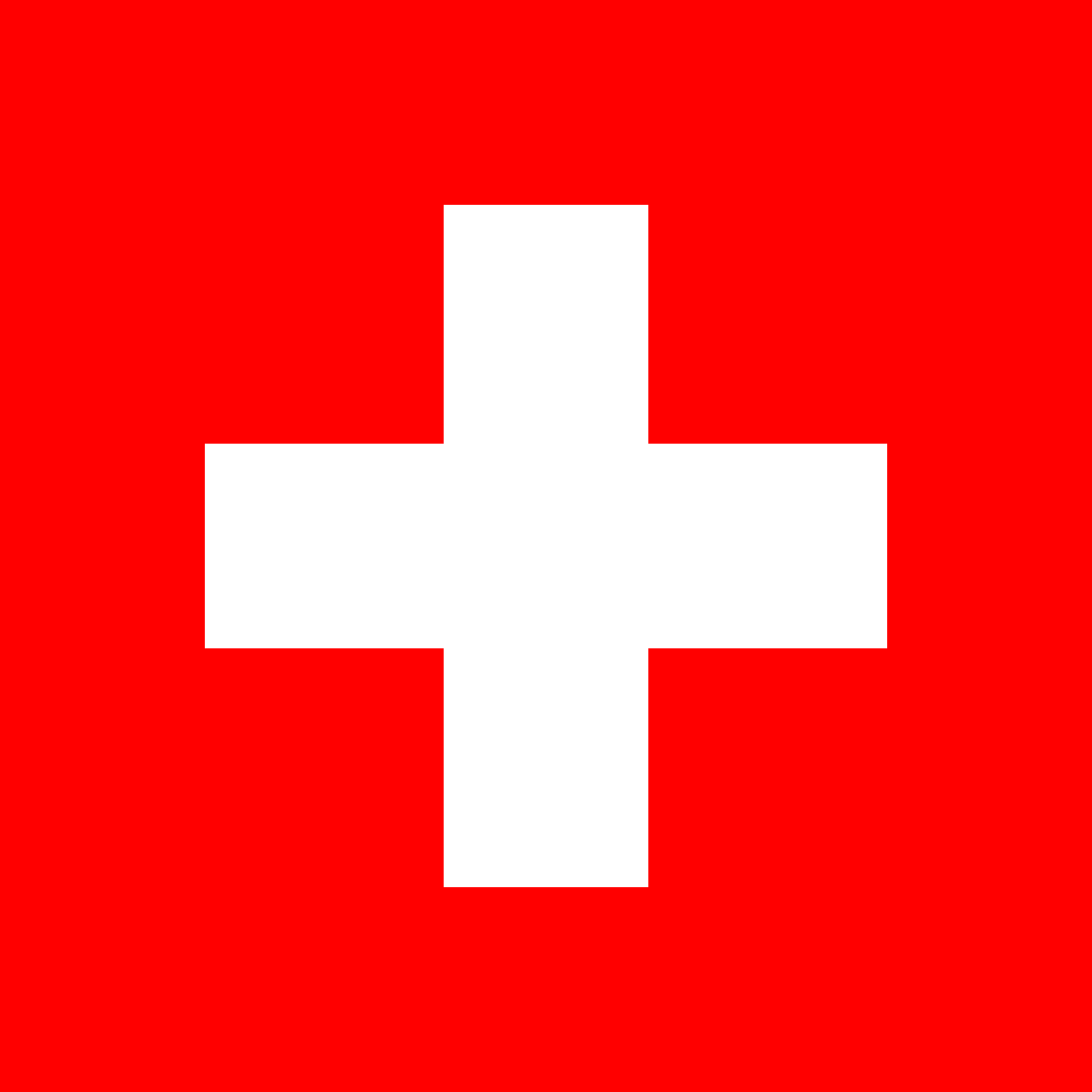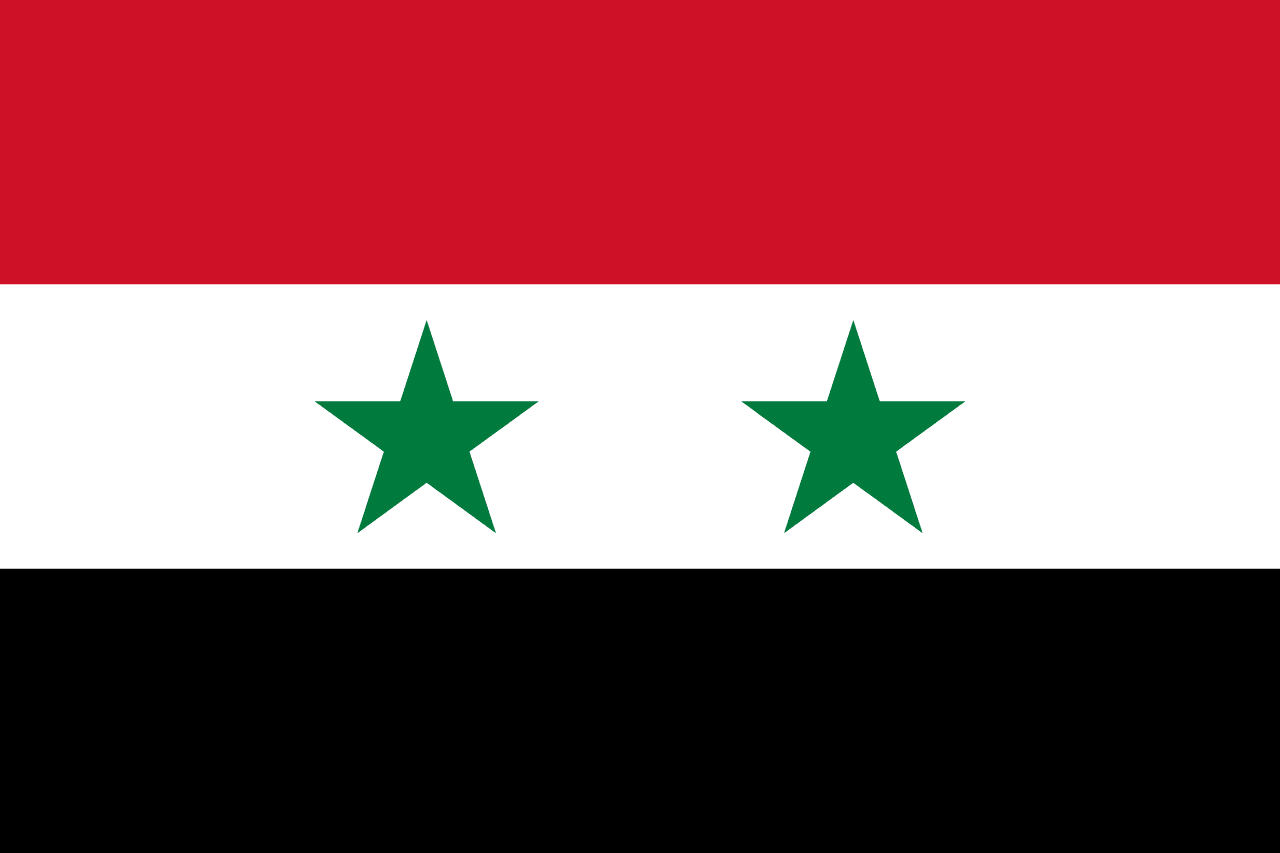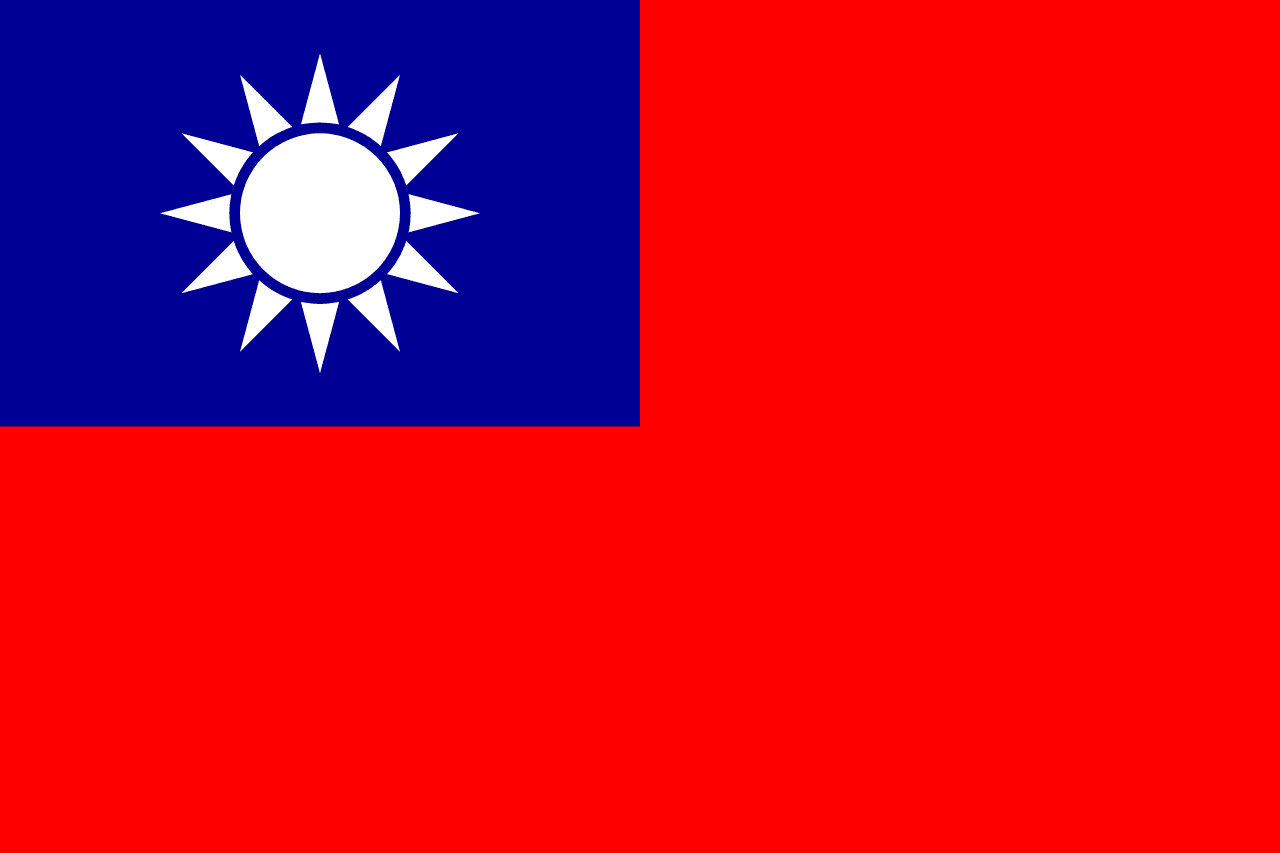The flag of Tajikistan features three horizontal stripes of red, white, and green, with a golden crown and seven stars centered in the white stripe. This vibrant design encapsulates the nation's history, cultural heritage, and natural beauty.
Tajikistan information
| National Flag Day | November 24th |
| Sovereign state | Yes |
| Official name | Republic of Tajikistan |
| Capital | Dushanbe |
| Population | 9,537,645 |
| Area | 143,100 km² |
| Currency | Tajikistani somoni (TJS) |
| Language | Tajik |
| Continent | Asia |
| Region | Central Asia |
| Subregion | — |
| Borders | Afghanistan, China, Kyrgyzstan, Uzbekistan |
| Timezone | Tajikistan Time (TJT) UTC+5 |
| Calling code | +992 |
| Top-level domain | .tj |
History of the Tajikistani flag
 The current flag of Tajikistan was adopted on November 24, 1992, following the country's independence from the Soviet Union in 1991. The design was part of a broader effort to establish a distinct national identity and break away from Soviet symbolism. The flag's colors and symbols were carefully chosen to represent Tajikistan's unique cultural and historical legacy, as well as its aspirations for the future.
The current flag of Tajikistan was adopted on November 24, 1992, following the country's independence from the Soviet Union in 1991. The design was part of a broader effort to establish a distinct national identity and break away from Soviet symbolism. The flag's colors and symbols were carefully chosen to represent Tajikistan's unique cultural and historical legacy, as well as its aspirations for the future.
Symbolism and design of the Tajikistani flag
The Tajikistani flag is rich in symbolism, reflecting the country's history, culture, and natural landscape. The red stripe at the top represents unity, victory, and the sun. It also symbolizes the revolutionary past and the struggles for independence. The white middle stripe signifies purity, moral clarity, and the snow-capped mountains that dominate Tajikistan's landscape. The green stripe at the bottom represents the fertile valleys, agricultural abundance, and the renewal of nature.
The golden crown in the center of the white stripe is a symbol of the Tajik people and their government. It represents sovereignty and the country's rich cultural heritage, harkening back to the Samanid Empire, a period considered the golden age of Tajik history. The seven stars above the crown have multiple interpretations. They can represent the seven historical regions of Tajikistan, the seven days of the week, or the number seven's significance in Tajik and Persian culture as a symbol of perfection and happiness.
Usage and significance of the Tajikistani flag
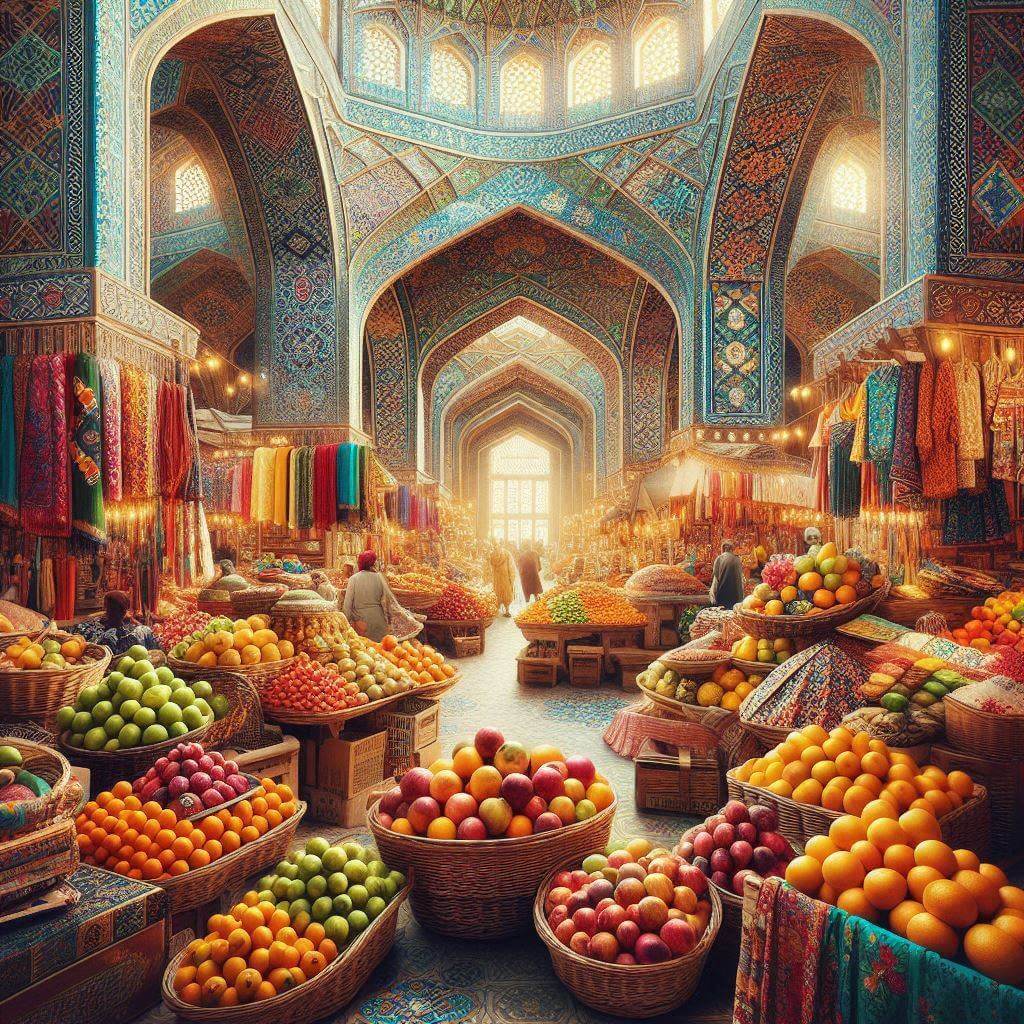 The flag of Tajikistan is a proud symbol of national identity and unity. It is displayed on government buildings, schools, and during national holidays such as Independence Day (September 9th) and National Flag Day (November 24th). The flag serves as a reminder of Tajikistan's sovereignty, cultural diversity, and aspirations for a prosperous future. It is also used in international forums to represent Tajikistan and its people on the global stage.
The flag of Tajikistan is a proud symbol of national identity and unity. It is displayed on government buildings, schools, and during national holidays such as Independence Day (September 9th) and National Flag Day (November 24th). The flag serves as a reminder of Tajikistan's sovereignty, cultural diversity, and aspirations for a prosperous future. It is also used in international forums to represent Tajikistan and its people on the global stage.
Interesting facts about the Tajikistani flag
- The colors of the Tajikistani flag - red, white, and green - are traditional Pan-Iranian colors, reflecting Tajikistan's cultural and linguistic ties to the wider Persian world.
- The flag's design underwent several revisions before its current form was officially adopted. Earlier versions included elements such as a hammer and sickle, reflecting the country's Soviet past.
- Tajikistan's flag is similar to that of Iran, but with the addition of the crown and stars, distinguishing it from other flags in the region.
- The precise shades of the colors used in the flag are specified in law to ensure consistency in all official representations.
